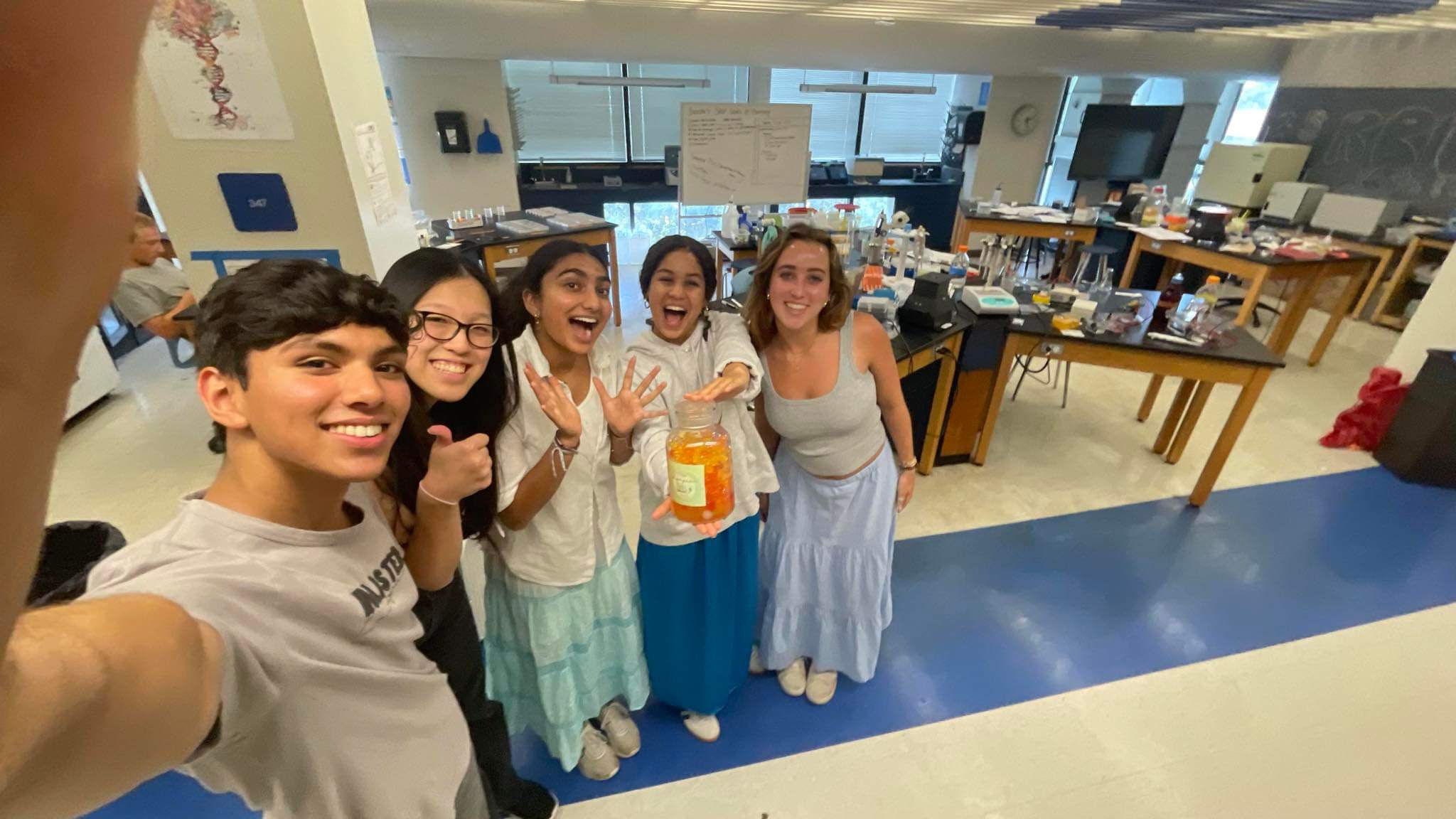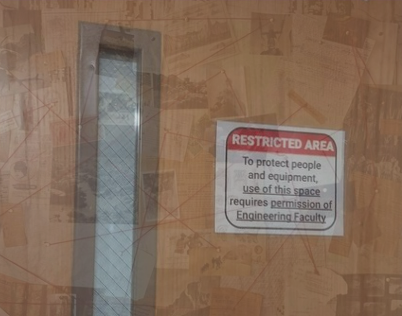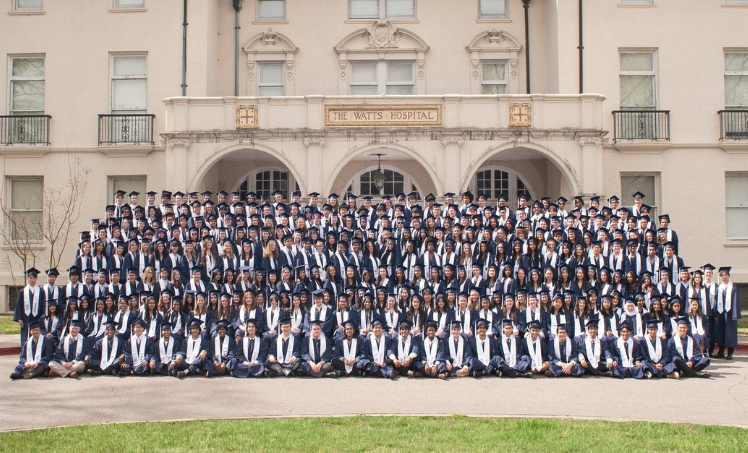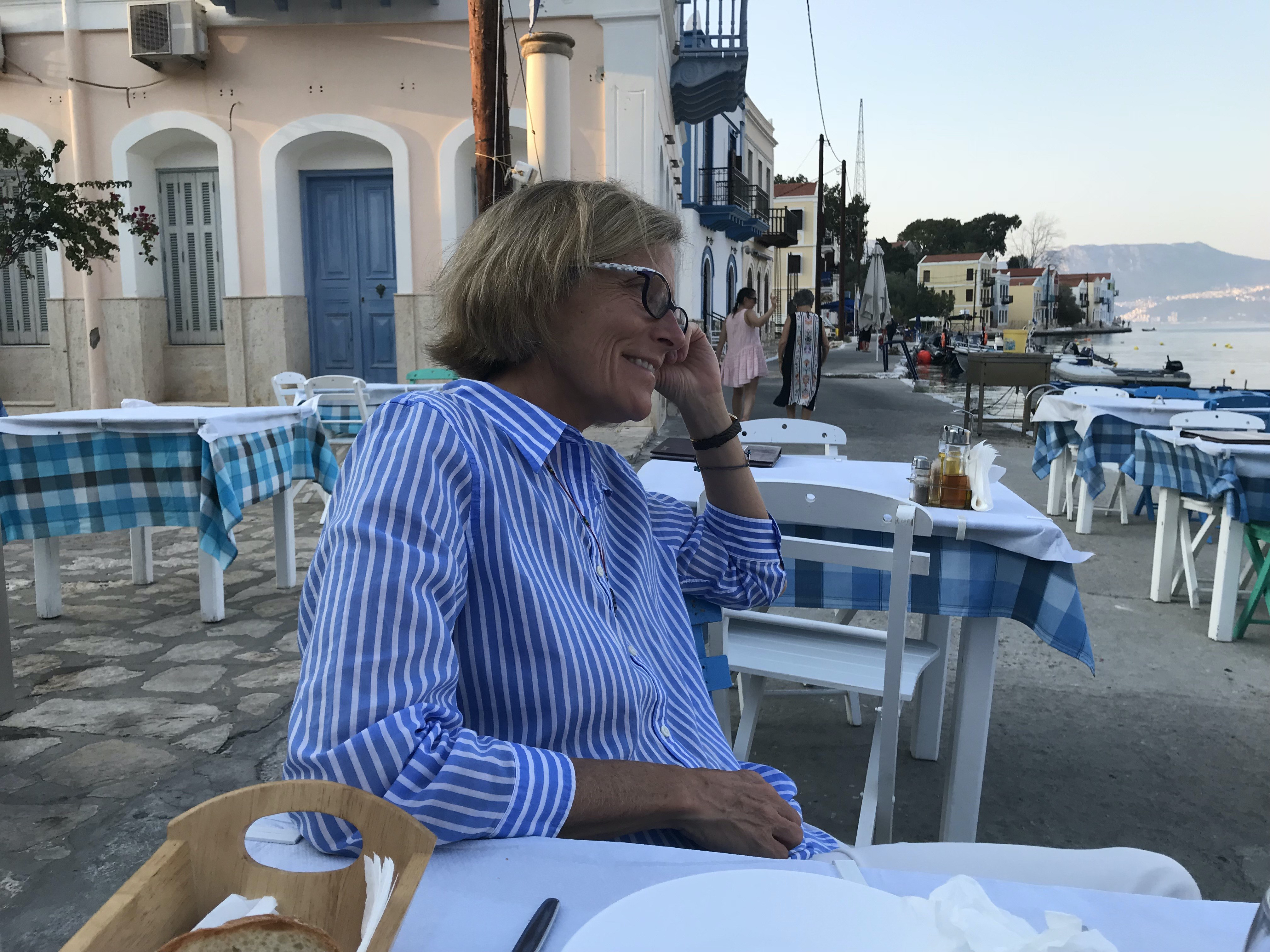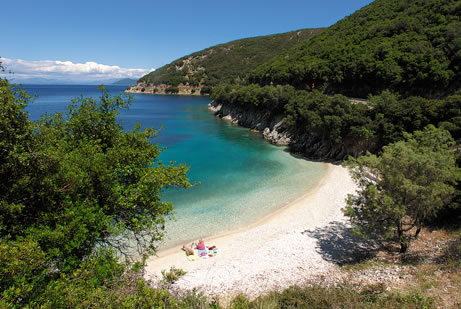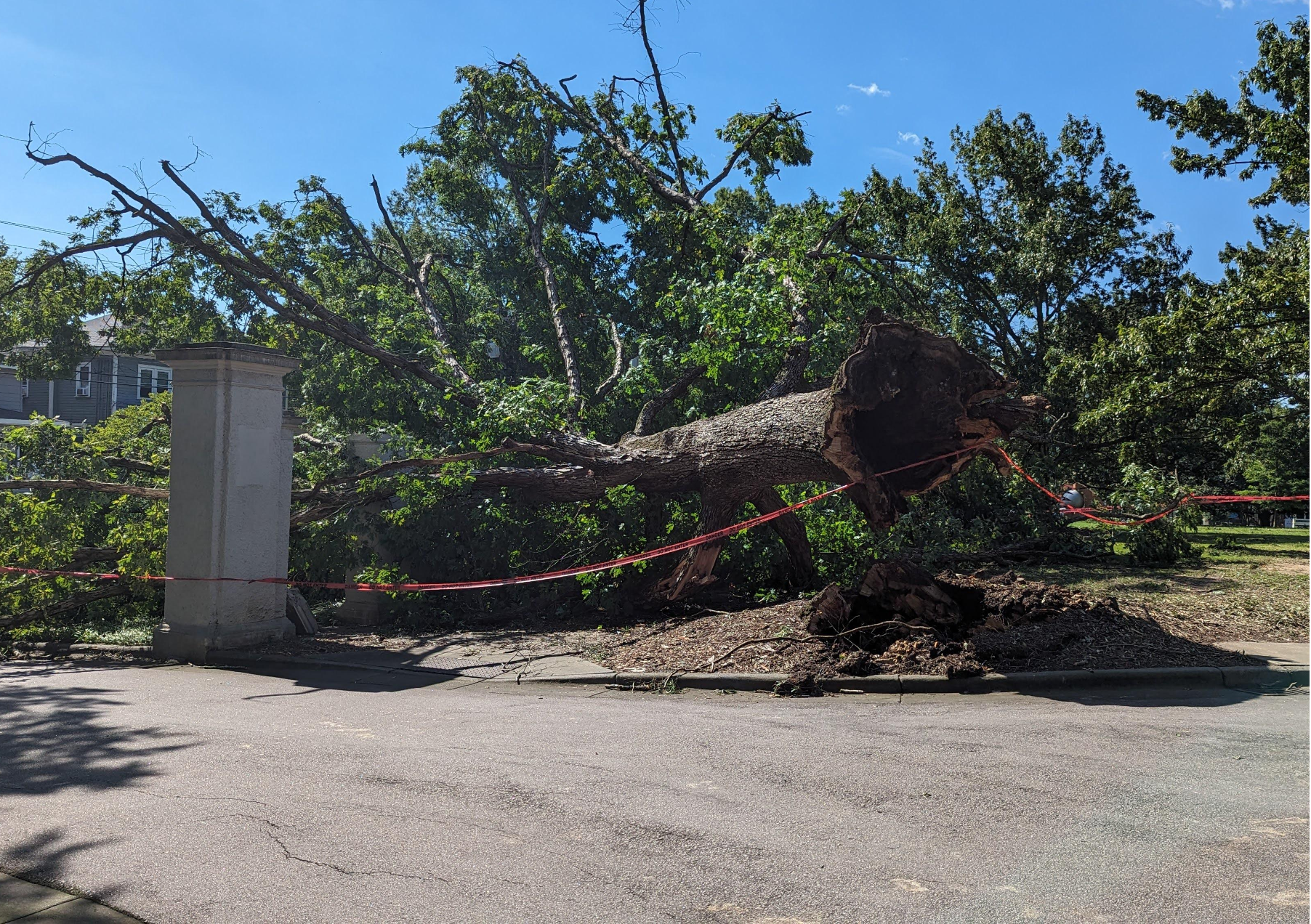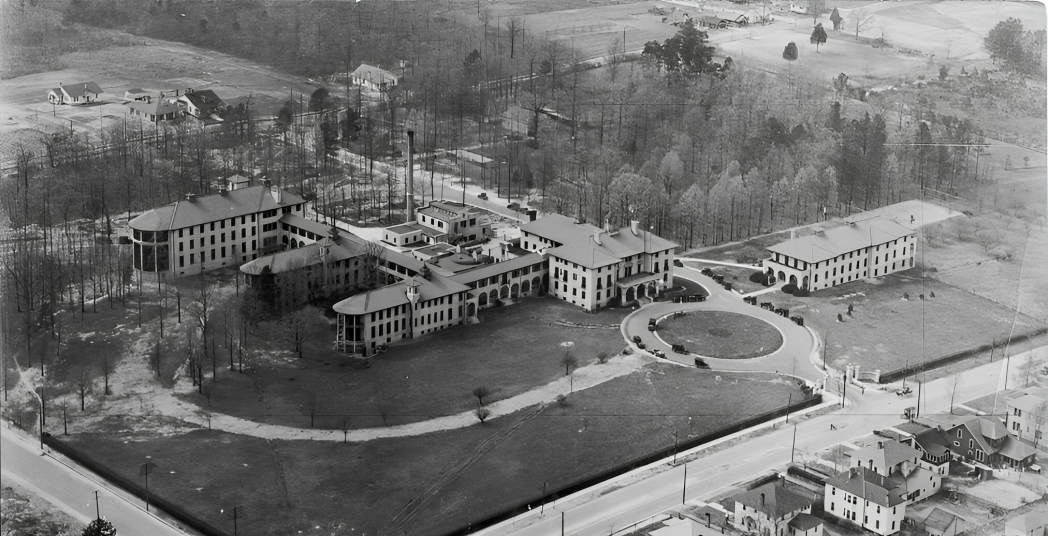
By The Stentorian Editorial Board
This staff editorial solely represents the majority view of The Stentorian Editorial Board. It is the product of discussions at regular Editorial Board meetings. In order to ensure the impartiality of our journalism, Stentorian editors who choose to opine and vote at these meetings are not involved in the reporting of articles on similar topics.
Note to readers from the Editorial Board: If there are any discrepancies we missed in this story or additions you would like to make, please email us at stentoriansocials@gmail.com
Corrections on 10/27: Greg Powell informed us that he was not forced to resign by administration. Arts instructor Carrie Alter told us that our previous mention of “band-aid solutions” was done by administration in good faith, there is no other plan to move art classes to modular units, and the temperatures are inaccurate. Those descriptions have been removed from this editorial.
Prospective students and their families walk into Bryan lobby and read about some events in the history of the school since its transformation from the Watts Hospital: from the black-and-white photo of our three founders and the expansion of residential and online cohorts to Guinness World Records and opening Morganton.
Warmed up to the quiet vibe of Bryan lobby at noon, their top picks from the marketplace of Wikipedia-able information, and a deluge of selective marketing from the administration, they start their tours smiling–pleased to have arrived at such a pristine and well-established school. In other words, they had finally attained thinking in the way of the institution.
It helped that NCSSM’s public persona didn’t really open up their minds in the first place.
What the public don’t know are the health hazards arising from the aging and neglected campus infrastructure, which have been growing from years of deferred maintenance–a challenge made greater each day that NCSSM pushes back against calls to double down on maintenance, management, and budget needs from the students and employees who actually live here 24/7.
In a school where, according to ncssm.edu, “Igniting innovation, cultivating community” is the tongue-twisting slogan deserving the most attention and thought, it is no wonder that people dismiss superficial meanings as anything but professional institutional values–a way to dodge questions and concerns in acts of hypocrisy, censorship, and an obsession with temporary solutions.
To get a scope of the damage, we have constructed this narrative of words, emails, photos, videos, PDFs, and quotes to this article in hopes of readers grasping the severity and urgency of this issue.
Soft & Hard Censorship
On September 18, Carter Smith ‘25 published a post in the Parents of NCSSM Students (Past, Present, & Future) Facebook group, beginning with “Dear NCSSM Parents, Resident of Hunt have potentially been exposed to carbon monoxide, mold, fungi, and other toxic if not deadly chemicals,” followed by a redirecting to a YouTube channel (“Mech Anek”) containing video evidence of the stated health hazards.
When Stentorian staff spoke to Smith in a private conversation, Smith revealed he was originally going to wait to publish the post until after his meeting with the Associate Vice-Chancellor and Dean of Students Jennifer Ashe the next day. The belief that “people deserve to look at how messed up the data is for themselves” first outweighed that prerequisite.
“It is obviously not the parents’ responsibility to provide solutions to this issue; it is the administration’s job to ensure the safety of the students while they are at the school,” Smith said.
He told us he had been interested in getting to the bottom of the issue–literally, as Mech Anek’s videos show rusted-through flues leaking chemicals in Hunt’s underground and in-wall HVAC systems–since former 3rd East CC Greg Powell told Smith about concerning information on residential health and safety.
Since Powell joined NCSSM in March 2023, he had been increasingly voicing his concerns to the administration to fix Hunt’s frequent flooding issues, damp walls, and more. The Stentorian Editorial Board initiated multiple attempts to contact Powell for a private interview but we were unable to continue communicating after he resigned and moved off campus on September 22.



Mech Anek had a similar story: behind the moniker was an unnamed mechanical worker contracted with the school through a third party maintenance company. He was fired in May 2024 by NCSSM for uploading the videos, the screenshots of three of his six YouTube videos provided in this article. One description reveals administration’s (“he,” referring to Vice Chancellor for Student Life and Chief Campus Officer of NCSSM-Durham, Terry Lynch) shocking response to the worker’s safety concerns of the live feed.
“…he harassed me over pathetic hearsay. He acted as if he didn’t understand what I was telling him about the potential of the students or employees getting hurt,” Mech Anek wrote under a video published on August 22 about NCSSM’s chiller.









As another current maintenance employee (unnamed for safety reasons) described, Mech Anek was “telling too many truths and bruising too many egos.”
“We just want to know that the students are living in a safe environment,” Smith said. “When we see these videos online and take a look at the filtres, walls, mold, and environment that students are living in, it is not unreasonable for us to have some serious concerns.”
Hypocrisy & Denial
Four hours after Smith’s meeting with Ashe, all residential students, faculty, and parents received an email written by Lynch, sent by Associate Vice Chancellor for Public Affairs and Chief Communications Officer Bryan Gilmer.








As we take a look at the email’s attached report from Terracon (above), there are several issues. Two of the biggest things to consider lie within the specificity and selectiveness of sampling. Firstly, in the Limitations section: “The scope of services was limited to mold sampling as directed by the client.” Who was the client? If the school wants to not be shut down because of mold issues, then it would make sense to direct the sampling elsewhere, in a blatant act of denial of the risk already growing. And where was the danger growing?
Secondly, in the Mold Result Summary Tables, Terracon (as directed by the “client”) tested the exterior of the art building. They did not test inside any rooms or bathrooms that may potentially have mold under tiles damaged by water or behind bubbling, peeling paint. According to the U.S. Environmental Protection Agency (EPA), mold may begin growing indoors when mold spored land on wet surfaces, and no mold grows without water or moisture. So why test for mold in the hallways and outside the buildings, when mold is prevalent where water is coming inside? Had Terracon and the client considered conducting visual assessments inside the buildings?
Students from the Research in Biology programs have conducted this black mold testing themselves, through a more traditional but all the while more visual means: swabbing surfaces throughout campus and growing colonies in agar petri dishes. Covering both female and male residence halls, air vents, and even bathroom faucets, they note notably high quantities of black mold in Hunt and Greynolds.


“Essentially, from the petri dishes I’ve collected school-wide, I can confidently say that there is not a single residence hall on this campus that does not show notable quantities of mold,” said Anna Tringale ‘25. They are also one of seven Sustainability Project Leaders (SPLs) at NCSSM-Durham. “Still, it’s absolutely essential to remember that just because there is mold in a room, that doesn’t necessarily mean students are at severe risk of health impacts or sickness.”
Some mold seemed to grow inside the agar, which is something unheard of before to Aretha Datta ‘25. “Generally, when something grows on one of our agar plates, it grows on top of the agar. But this mold had somehow gotten inside the agar,” she said. “Up close, there were small vein-like structures as well. I’m honestly not really sure what this means, but I can tell that there is clearly mold in our room, and we should be concerned.”
The Stentorian also has firsthand experience and evidence of denial, or put differently, the lack of acceptance. On Friday, October 18, editor-in-chief Teresa Fang visited Lynch’s office and successfully scheduled an interview with him for the coming Monday, followed by an email confirmation that night. On Monday, no response from Lynch prompted her to send an email at noon with a list of six questions for him to answer via email. However, he responded as he was leaving the building that day, saying he would answer those by “tomorrow afternoon” as he didn’t have time to reply on Monday.
The response received from Lynch was not unexpected, but instead dismissive yet equally revealing. For starters, he did not attempt to answer any of the questions provided, but provided the same information he stated earlier in Gilmer’s September 18 email. The lack of a directional response compels the Editorial Board to conclude there is also a lack of direction in demonstrating improvement for students’ success and wellbeing, two important words in the NCSSM Strategic Plan 2024-2030.
The Stentorian also requested an interview with Ashe, but she declined to comment.
“Students still have every right to be concerned. It’s their life, it’s their room, and even small one-time exposures can get certain individuals sick,” Tringale added.
Obsessed With Temporary Solutions
By now, it is clear there are many open faucets and loose ends to this narrative. One way to enter this story is through the art studio’s wall collapsing into the interior over the Summer Research and Innovation Program (SRIP) in June, due to a rainstorm’s effects on the never-renovated-before Watts Hospital walls.

Likewise, the art studio’s predicament is also reflective of NCSSM’s current progress on campus “repairs”–if layers and layers of temporary solutions can be regarded as proper repair. Since last school year, the walls bleed water and white dust upon rain, human touch, or even small breezes, and one brick tile hangs precariously above the glass ceiling in the painting studio. When this school year started, rust was falling from an old gas hood and onto students’ workspaces in the advanced art studio. AR4110 Painting has already temporarily moved all their easels and paints to a meeting room in the library.
As we have learned in EN4610 Research in Humanities, displacement does not solve any deep-rooted problems. It can position vulnerable groups of people in even more vulnerable locations. We wonder, then, what kinds of discussions our peers, parents, and teachers would be willing to incorporate into our everyday lives, classes, and our ways of thinking. Until NCSSM can express views that genuinely respond to the concerns of those most impacted and invested in student success and wellbeing at NCSSM without the fear of negatively-impacting their public persona, we strongly disagree with the methods and language used by the administration to defer campus maintenance.

If NCSSM is actually serious about addressing student success and wellbeing, it must demonstrate improvement in the largest concern of students, families, and faculty first: the school’s dilapidating campus. Until then, we worry that the future of our school will become nothing more than a moldy institution, more so than the 100-year-old Watts Hospital it used to be in the very beginning.

